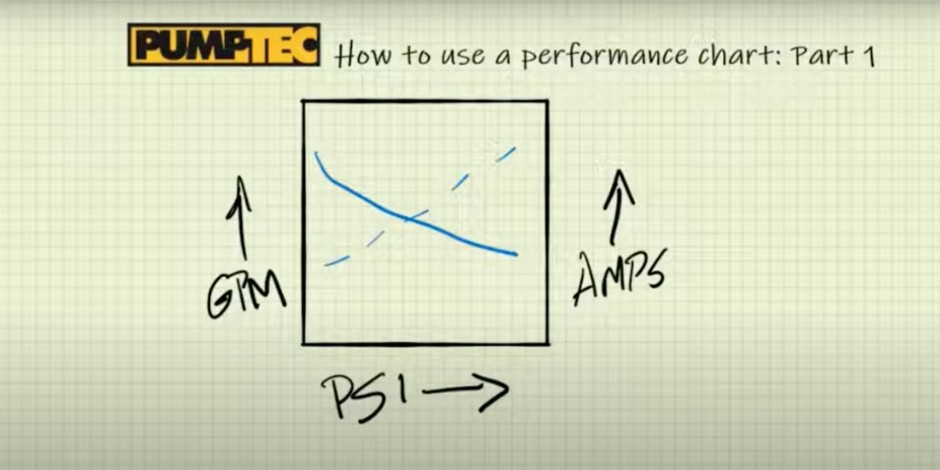How to Use a Pump Performance Chart — Part 1

Shawn Glover, VP of Sales, Jan 19, 2021

It can be difficult to know which type of pump to choose when scrolling through a long list of pump models. Many of them look similar, after all, but each has its own unique purpose, power, and output.
When evaluating a specific pump model, be sure to reference the corresponding performance chart to pinpoint GPM flow rates, PSI, and how many amps it will draw. Perhaps you have a limited battery supply, for example, and want to draw the lowest possible amperage while still meeting your performance requirements. By using a plunger pump performance chart, you can easily calculate the GPM and amps based on the pump’s rated PSI and determine whether it will meet your needs.
Watch as Steve Babcock, V.P. of Engineering at Pumptec, quickly demonstrates how to use our pump performance charts in part one of this whiteboard video series. (Be sure to check out part two of the performance chart series, too.)
You’ll see why it’s a great tool to help you select the ideal pump for your application.
A pump performance chart provides a complete and accurate understanding of how each pump reacts under different loads. All pumps tend to become less efficient as the pressure increases, but there’s no way to know just how much without viewing its performance chart. One thing is for sure: if you find that your numbers are “off the chart,” you’ll want to consider a different pump model or risk overworking the motor.
It’s important to note that Pumptec performance charts outline actual data that’s been tested, measured, and documented under multiple flow rates. In other words, the figures you’ll see are facts, not just theories.
Find the Performance Chart listed under the Configurations section when viewing any Pumptec pump model.
Each industry requires different flow rates and PSI to ensure peak performance. Get a head start by using our Go-To Guide to Proper Pump GPM and PSI containing industry recommendations for agriculture, pest control, misting, commercial cleaning, chemical injection, and pressure control testing. Just click the link below.
 If you’re not sure where to start when looking at pump models, be sure to speak with one of our pump experts who can make recommendations based on your performance specifications, chemical compatibility, application, and more. They thrive on finding solutions and solving seemingly unsolvable pump dilemmas.
If you’re not sure where to start when looking at pump models, be sure to speak with one of our pump experts who can make recommendations based on your performance specifications, chemical compatibility, application, and more. They thrive on finding solutions and solving seemingly unsolvable pump dilemmas.


